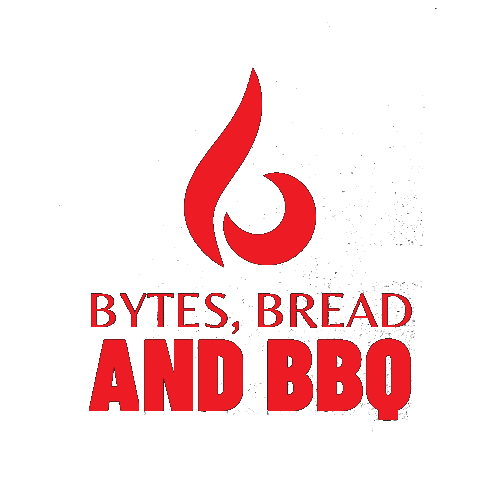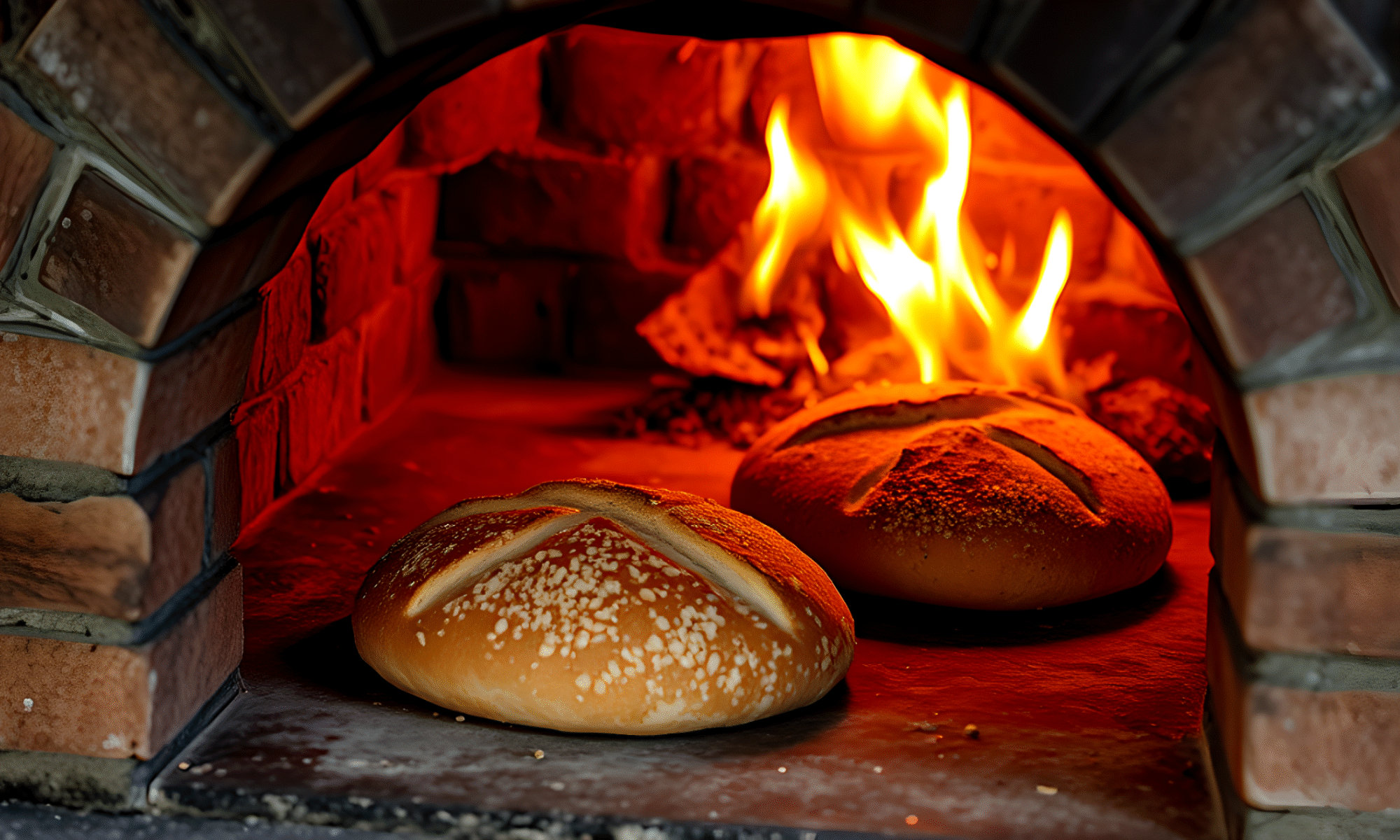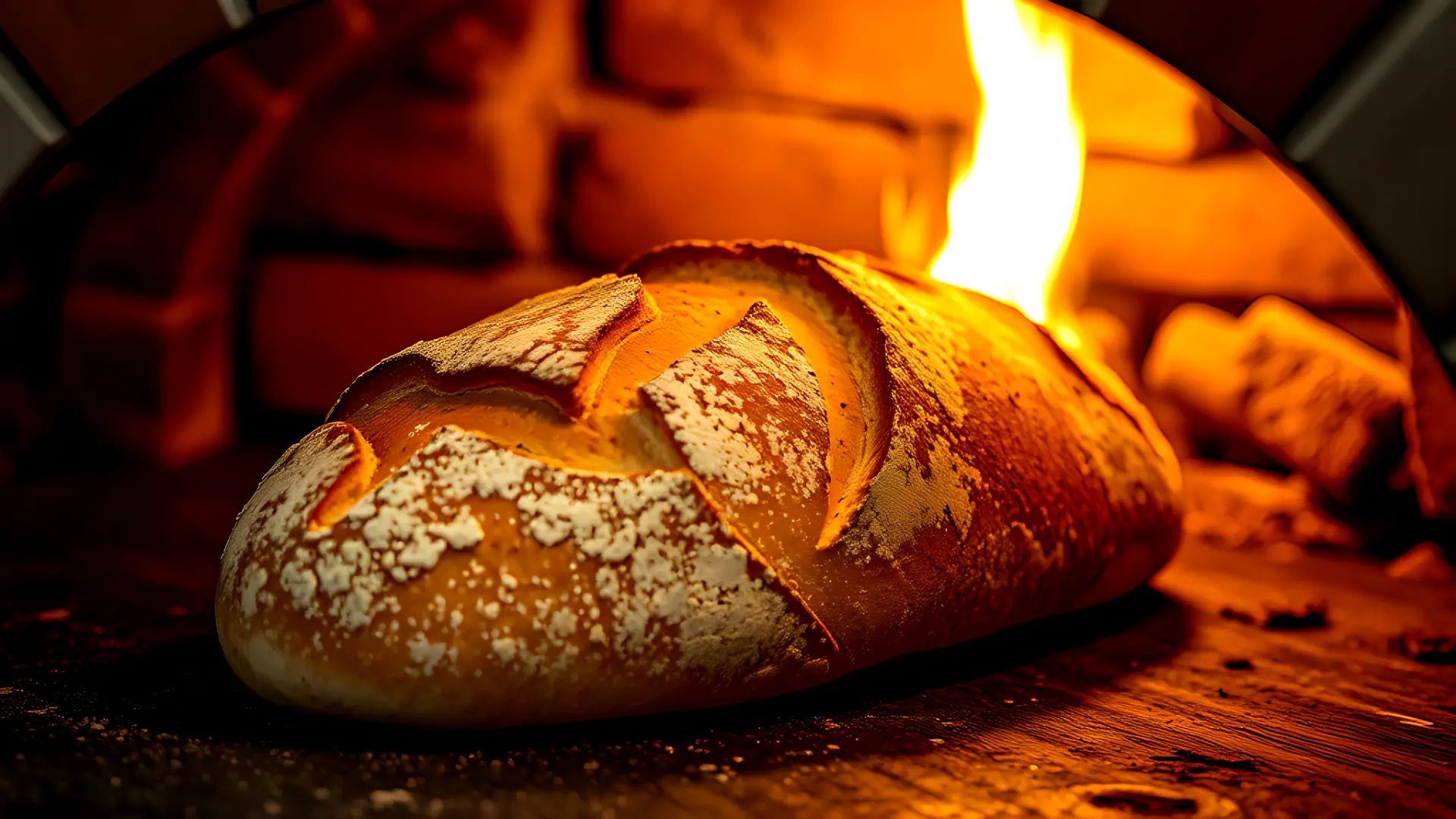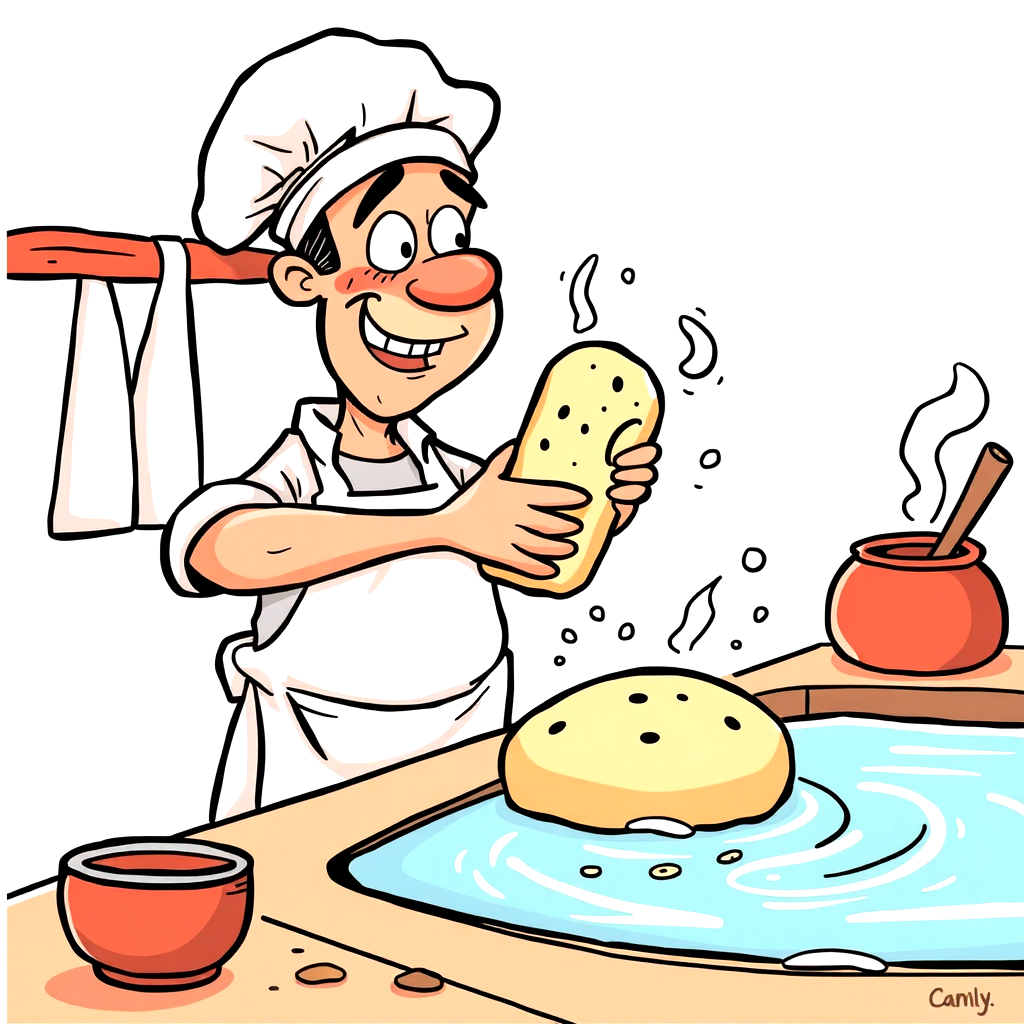By Ross Contino | Bytes, Bread, and Barbecue
So you’ve mastered mixing, you’re shaping like a champ, and your sourdough starter only occasionally tries to take over your fridge. But have you met the preferment—bread’s best-kept secret that adds flavor, improves structure, and might even do your taxes (okay, not really)?
Whether you’re a crust chaser or a crumb nerd, let’s talk about why giving your dough a head start is the best thing you can do since, well… sliced bread.
What Is a Preferment Anyway?
A preferment is like a pre-party for your dough. It’s a mixture of flour, water, and yeast (or sourdough starter) that you prepare several hours—or even a day—before mixing your final dough. It gives the yeast a chance to stretch its legs, ferment a bit, and develop flavor, structure, and personality.
There are a few types, but the big names in the yeast hall of fame are:
- Poolish – Equal parts flour and water, with a pinch of yeast. French, fancy, and fabulous.
- Biga – Drier than poolish (lower hydration), popular with Italian breads. Think focaccia with a passport.
- Levain – A preferment made with sourdough starter. It’s alive! And sometimes opinionated.
Why Bother? It’s Just More Waiting… Right?
Ah, but it’s purposeful waiting—like letting brisket rest or proofing a good joke.
Here’s what a preferment does for you:
🥖 1. Flavor, Baby
A preferment is basically a flavor generator. The long fermentation time allows natural enzymes and acids to develop, breaking down starches and proteins into tasty little molecules. The result? Bread that tastes like it came from a rustic French bakery instead of your overachieving toaster oven.
Without preferment: “This is fine.”
With preferment: “Mmm, is that… toasted hazelnut and subtle tang?!”
💪 2. Better Structure
Preferments improve gluten development without all that kneading. Your dough becomes stronger, stretchier, and bakes up with better oven spring. That means more loft, better crumb, and crust that sings when you slice it.
Bonus: your arms will thank you.
❤️ 3. Health Benefits That (Sort of) Justify More Bread
- Easier digestion – The fermentation breaks down some gluten and phytic acid, making the bread easier on the gut and more nutrient-available.
- Lower glycemic index – Long-fermented breads can cause a slower, steadier rise in blood sugar.
- Fewer additives – You control the process. No weird conditioners or preservatives here.
It’s basically a salad… that happens to be shaped like a baguette.
⏳ 4. More Flexibility in Your Baking Schedule
You can mix up a preferment before bed, and bake the next day. Or make it before work, and bake in the evening. It’s perfect for those of us who like our schedules mostly planned, but still open to barbecue-related emergencies.
How to Use One Without Feeling Like a Mad Scientist
Here’s a basic poolish to get you started:
txtCopyEdit- 100g flour
- 100g water
- A pinch (like 1/16 tsp) of instant yeast
Mix it. Cover it. Let it sit at room temp 12–16 hours. When it’s bubbly and smells like beer and yogurt had a baby—use it in your dough.
Substitute it for about 25–30% of your total flour in the recipe.
Final Thoughts: A Little Patience, A Lot of Payoff
Using a preferment is like marinating your meat, proofing your brisket rub, or preheating your smoker—it adds depth, nuance, and flavor magic. Sure, it takes a little planning, but the results are worth it. Your bread will have better flavor, texture, and nutrition—and your friends will wonder when you became a grain-whisperer.
So go ahead. Preferment boldly. Your dough (and your digestive system) will thank you.
Want a printable version of this? Or a “starter tracker” sheet for managing your preferments? Let me know—I can whip up a downloadable or even a JavaScript-based Preferment Planner.
Until then—code smart, bake slow, and don’t forget to preheat the Dutch oven. 🥖💻🔥






